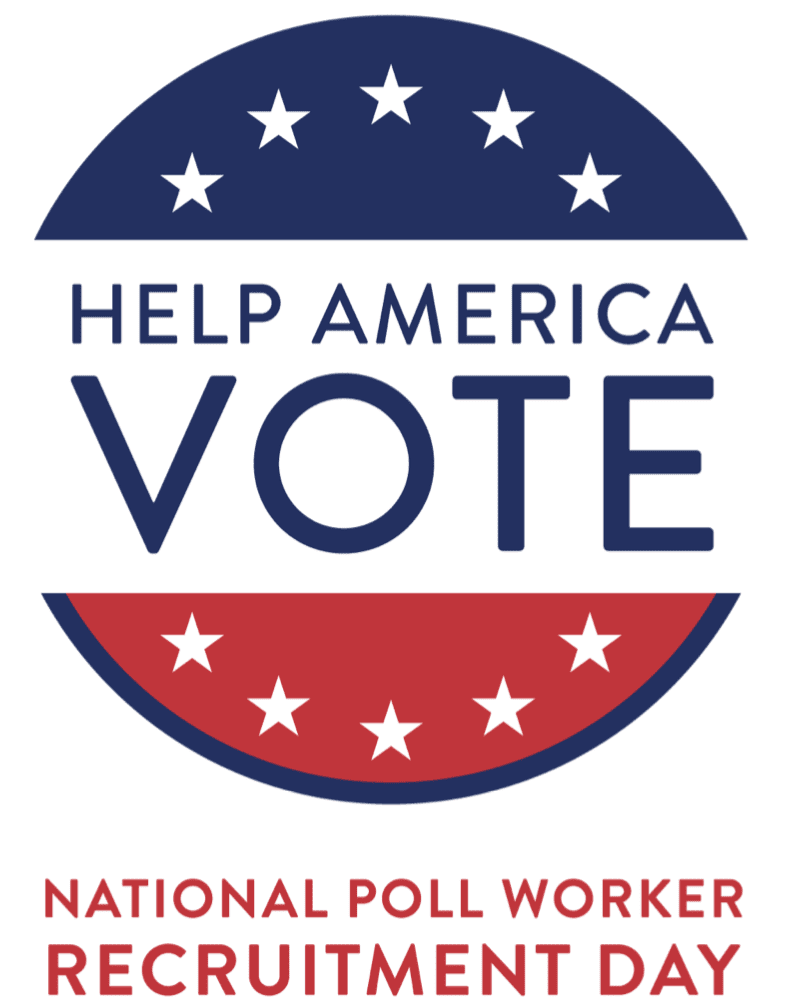
The new guidelines ease up on COVID restrictions, including some that have been around since the start of the pandemic.
Last week, the Centers for Disease Control and Prevention (CDC) streamlined its COVID-19 guidance to help people better understand their risk, how to protect themselves and others, what actions to take if exposed to COVID-19, and what actions to take if they are sick or test positive for the virus.
“COVID-19 continues to circulate globally, however, with so many tools available to us for reducing COVID-19 severity, there is significantly less risk of severe illness, hospitalization and death compared to earlier in the pandemic,” the CDC said in a release.
Greta Massetti, PhD, is the branch chief of the Field Epidemiology and Prevention Branch and a senior epidemiologist in the Division of Violence Prevention of CDC’s National Center for Injury Prevention and Control.
Massetti said that the nation is in a stronger place today, with more tools—like vaccination, boosters, and treatments—to protect ourselves and communities from severe illness from COVID-19.
“We also have a better understanding of how to protect people from being exposed to the virus, like wearing high-quality masks, testing, and improved ventilation,” Massetti added. “This guidance acknowledges that the pandemic is not over, but also helps us move to a point where COVID-19 no longer severely disrupts our daily lives.”
According to the CDC’s press release, the new guidance says the CDC is:
- Continuing to promote the importance of being up to date with vaccination to protect people against serious illness, hospitalization, and death.
- Updating its guidance for people who are not up to date on COVID-19 vaccines on what to do if exposed to someone with COVID-19. This is consistent with the existing guidance for people who are up to date on COVID-19 vaccines.
- Recommending that instead of quarantining if you were exposed to COVID-19, you wear a high-quality mask for 10 days and get tested on day 5.
- Reiterating that regardless of vaccination status, you should isolate from others when you have COVID-19.
- You should also isolate if you are sick and suspect that you have COVID-19 but do not yet have test results. If your results are positive, follow CDC’s full isolation recommendations. If your results are negative, you can end your isolation.
- Recommending that if you test positive for COVID-19, you stay home for at least 5 days and isolate from others in your home. You are likely most infectious during these first 5 days. Wear a high-quality mask when you must be around others at home and in public.
-
- If after 5 days you are fever-free for 24 hours without the use of medication, and your symptoms are improving, or you never had symptoms, you may end isolation after day 5.
- Regardless of when you end isolation, avoid being around people who are more likely to get very sick from COVID-19 until at least day 11.
- You should wear a high-quality mask through day 10.
-
- Recommending that if you had moderate illness (if you experienced shortness of breath or had difficulty breathing) or severe illness (you were hospitalized) due to COVID-19 or you have a weakened immune system, you need to isolate through day 10.
- Recommending that if you had severe illness or have a weakened immune system, consult your doctor before ending isolation. Ending isolation without a viral test may not be an option for you. If you are unsure if your symptoms are moderate or severe or if you have a weakened immune system, talk to a healthcare provider for further guidance.
- Clarifying that after you have ended isolation, if your COVID-19 symptoms worsen, restart your isolation at day 0. Talk to a healthcare provider if you have questions about your symptoms or when to end isolation.
- Recommending screening testing of asymptomatic people without known exposures will no longer be recommended in most community settings.
- Emphasizing that physical distance is just one component of how to protect yourself and others. It is important to consider the risk in a particular setting, including local COVID-19 Community Levels and the important role of ventilation, when assessing the need to maintain physical distance.











